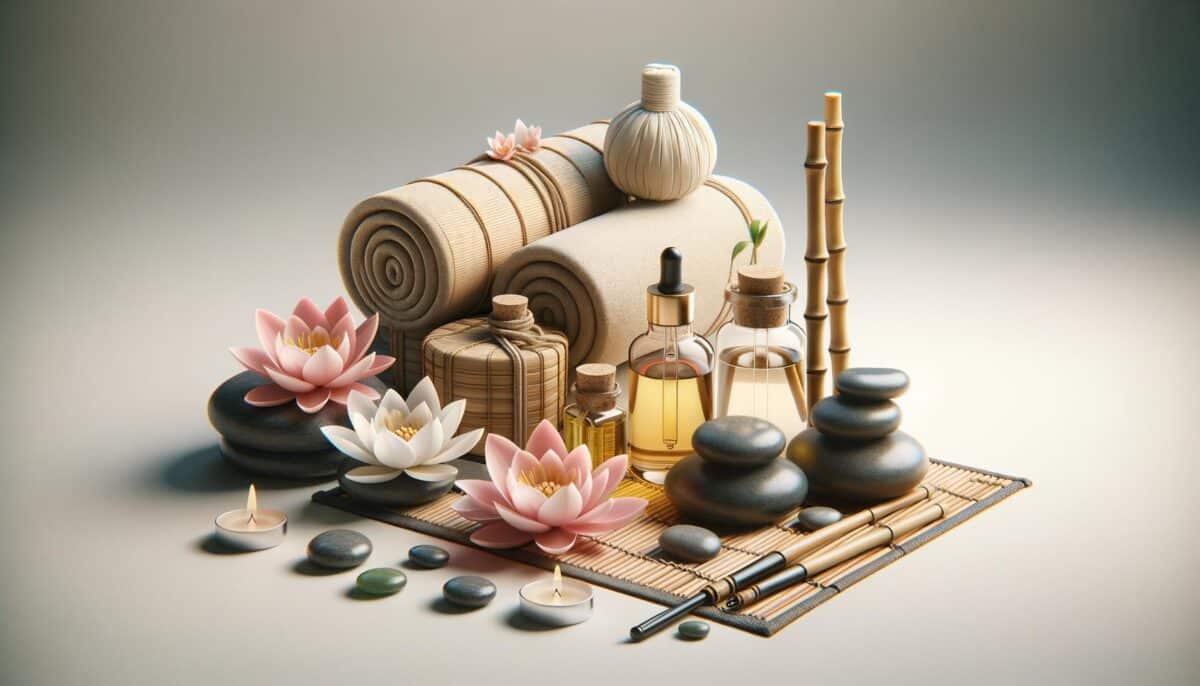The Ancient Roots of Asian Massage
Asian massage has a rich history and diverse origins, with techniques that have been cultivated over centuries in countries like China, Thailand, and Japan. Each of these cultures has contributed their own unique style, linked by the common goal of enhancing well-being. Traditional Chinese Medicine, for instance, integrates massage techniques as part of a wider system focusing on balancing the body’s energy, or ‘qi’. This approach aims to address physical and emotional stresses, aligning with the body’s natural rhythms.
Thai massage, another prominent style, is often likened to having ‘passive yoga’ performed on the recipient. Its techniques are designed to open the body’s energy pathways, employing methods like acupressure and deep stretching to invigorate the body and mind. Meanwhile, Japanese massage styles, such as Shiatsu, emphasize finger pressure to release tension and blockages, promoting harmony and relaxation.
Key Techniques and Their Benefits
Diverse techniques characterize Asian massage styles, each offering unique benefits. These methods focus not just on the physical body but also aim to promote emotional and mental well-being. Here are some of the key techniques:
- Acupressure: Involves applying pressure to specific points on the body to clear blockages and improve energy flow.
- Reflexology: Focuses on stimulating reflex points on the feet, believed to correspond with different body organs and systems, balancing and rejuvenating as a result.
- Deep tissue and stretching: Particularly popular in Thai massage, involving rhythmic compressions and stretches.
These techniques can aid in relieving chronic pain, reducing stress levels, enhancing flexibility, and improving circulation, making them coveted therapies for holistic health seekers.
The Holistic Approach to Health
At the core of Asian massage practices is a holistic approach, which considers not just the physical body but also the emotional and spiritual well-being. This philosophy is particularly apparent in Tui Na and Shiatsu, where the practitioners understand that true healing comes from a balance within the body, mind, and spirit. This approach encourages individuals to not only experience immediate relaxation but also make lifestyle adjustments that promote long-term wellness. When the techniques of Asian massage are paired with mindfulness or meditative practices, it results in a powerful method for achieving comprehensive health benefits.
How to Choose the Right Therapy for You
Choosing the right Asian massage therapy involves considering personal health goals and preferences. Those seeking relief from chronic body pain might find deep tissue techniques more beneficial. Conversely, those looking for overall stress relief might appreciate the gentle pressure and flow of Shiatsu or the stretching elements of Thai massage.
Selecting a qualified therapist is also essential, as expertise can greatly influence the effectiveness of the treatment. Consultation with a therapist can help guide the decision, ensuring that the techniques applied align with personal health needs and expectations. Keep in mind that commitment to regular sessions can enhance the long-term effects, assisting in achieving a balanced and more relaxed lifestyle.
Integrating Asian Massage into Routine Self-Care
Integrating Asian massage into your routine self-care regime can drastically improve your quality of life. It not only provides an escape from daily stresses but also acts as a preventive healthcare measure. Regular sessions can help maintain physical health, improve mental clarity, and boost emotional well-being. Here are some tips for incorporating Asian massage into your lifestyle:
- Schedule regular sessions to maximize benefits.
- Combine massage with other wellness practices such as yoga or meditation for holistic health.
- Listen to your body and choose techniques that cater to specific needs or conditions.
Embracing these practices can lead to a healthier, more balanced life, reflecting the deep-rooted philosophy of harmony that Asian massage techniques are built upon.
Conclusion
For those seeking to enhance their well-being, incorporating the techniques of Asian massage offers a promising path to both relaxation and rejuvenation. By understanding its cultural roots and diverse benefits, individuals can select the ideal style to align with their personal health objectives. Whether it’s alleviating stress, improving flexibility, or achieving a peaceful state of mind, the integration of Asian massage into regular self-care routines can lead to profound and lasting improvements in overall health. Explore these practices, and find the perfect blend of tradition and therapeutic relief that resonates with your journey towards wellness.
